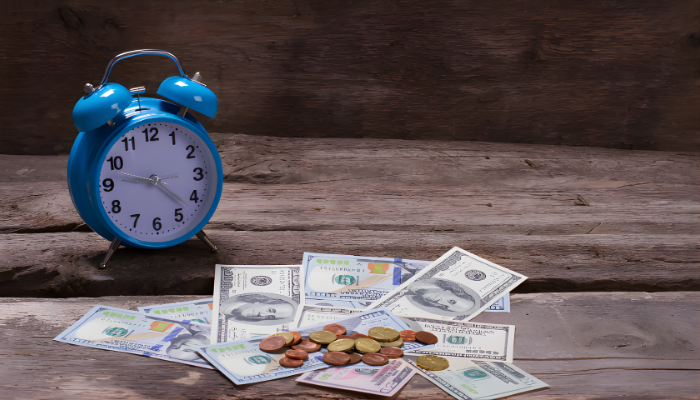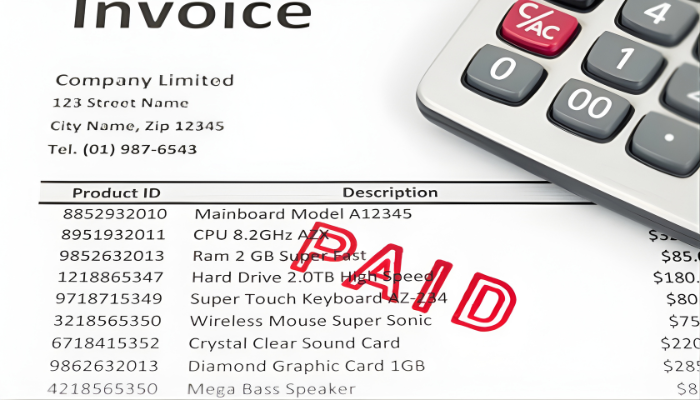
A break-even analysis is a way of determining how high you need to set your prices in order to "break-even" or make as much money as you spend to operate your company. Before you can set pricing for your company's goods or services, you have to perform a break-even analysis. Without taking this step, you can easily set your prices too low which could cause your business to fail, or too high which could lead to poor sales and many other problems.
To do a break-even analysis, you'll make use of a very simple mathematical formula: subtract your average cost per unit from your average price per unit, and then divide your fixed costs by this number. The result (rounded to the nearest whole number) is your break-even quantity, or the number of units you have to sell per month in order to cover your expenses.
Determining Your Costs
Your costs are some of the principal figures in the break-even analysis formula. First, you have to total up your fixed costs. As the name implies, these are expenses that stay about the same each month. Most often, these costs include expenses such as rent and payroll (as long as you don't anticipate any new hires).
After you total up your fixed costs, you need to add up your variable costs. These expenses typically include items with prices that fluctuate often, such as supplier pricing for inventory and shipping. A good way to get a total of these is to look at your expense statements for the past year and then average them out per month. If you're a new company, and you don't have enough data to get these numbers, ask for an industry average of these amounts from your creditors. After you get the total, divide it by the number of products you have to get your cost per unit.
Pricing Your Product
Now it's time to set a rough price for your product. This can be a fluid price, since your goal here is to find out how many you have to sell. As an example, if you intend to sell drinking glasses and your initial projected price is $10 each, your fixed costs are $500 per month, and your average costs per unit are $4.50, then your break even formula would look like this:
- Fixed costs / (Average price per unit – average cost per unit) = Break-even quantity
- $500 / ($10 – $4.50) = Break-even quantity
- $500 / (5.5) = Break-even quantity
- 90.9 = Break-even quantity
This projection means that you'd have to sell 91 drinking glasses per month in order to cover your operating expenses. Now, you can adjust for profitability by raising your selling price or lowering your costs.
Heading out into the marketplace without a clear business plan and pricing strategy is asking for trouble. With this information in hand, though, you can calculate your break-even analysis and make sure that you're placing your company on the road to profitability.














